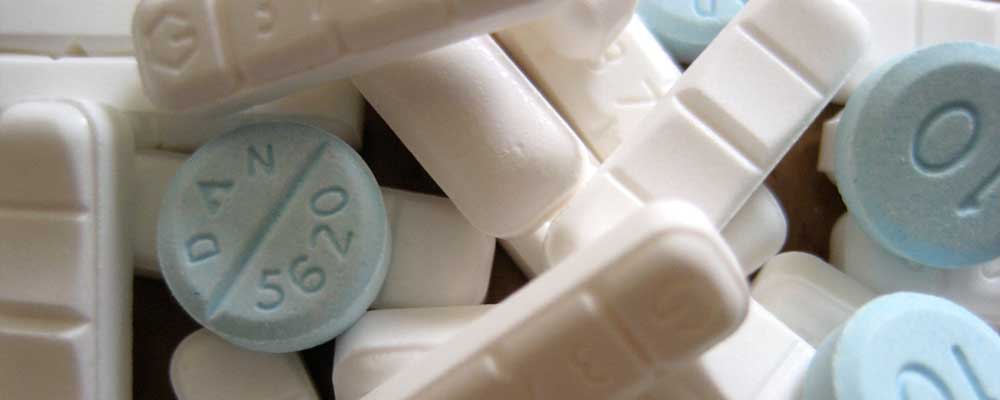Last updated : April 7, 2025
Employers dedicated to maintaining a drug-free workplace can conduct employee drug testing upon reasonable suspicion of substance abuse, although careful documentation of evidence supporting your suspicions is critical.
But are you familiar with common workplace drugs, and can you identify possible signs of abuse? Check your knowledge below.
Opiate painkillers

Opiate, or narcotic, painkillers are often legally prescribed for chronic pain. Unfortunately, these drugs—which include codeine, fentanyl, hydrocodone, morphine, and oxycodone—are now among the most abused drugs in the United States, and the problem is growing.
Employees abusing opiates may display:
- euphoria
- a tendency to be drowsy/nod off
- loss of consciousness
- slurred speech
- confusion
- poor judgment
Marijuana

Despite the fact that pot has been legalized for medical and/or recreational use in a number of states, employers still have the right to ban the substance from their workplaces. Although today’s weed contains the psychoactive ingredient THC at much higher levels than it did in the past, it’s still one of the drugs most commonly abused on the job.
These are some of the signs and side effects of marijuana use:
- lethargy
- lack of coordination
- confusion/lack of focus
- unusual talkativeness
- inability to complete tasks on schedule
Cocaine

Cocaine—also known as coke, crack, blow, flake, and snow—is a powerful, highly addictive stimulant made from the leaves of the cocoa plant. It can be inhaled in powdered form, diluted in water and injected, or inhaled as vapors from the heated rock crystal form. The strength and duration of the drug’s effects depend on how it’s used.
This powerful drug causes plenty of alarming side effects:
- hyperstimulation
- hallucinations
- irritability
- intense euphoria
- anxiety/paranoia
- panic
- erratic, sometimes violent behavior
- convulsions
- sudden death
Benzodiazepines (Benzos)

Formally known as benzodiazepines, benzos include tranquilizers like Valium and Xanax, which are among the most prescribed drugs in the U.S., used to treat anxiety, insomnia, and alcohol withdrawal, and also as muscle relaxants. Unfortunately, because the drugs are so readily available and tend to be addictive, their abuse is widespread.
Benzos produce a number of telltale side effects:
- drowsiness
- confusion
- dizziness
- blurred vision
- weakness
- slurred speech
- lack of coordination
- coma
Methamphetamine

Also known as meth, crystal, chalk, and ice, methamphetamine is a potent stimulant formulated as a white, odorless, bitter, crystalline powder. Users smoke it, take it orally, snort it, or dissolve it in water or alcohol for injection, in order to achieve an instant, intense sense of euphoria.
Physical side effects of meth abuse include twitching, bad breath, weight loss, cracked skin, and excessive sweating.
Behavioral side effects can show up as:
- fidgeting
- excessive talking
- hyperactivity
- short-term memory loss
- paranoia
- aggressiveness
- mood swings
Synthetic marijuana

The term “synthetic marijuana” refers to dried, shredded plant matter sprayed with man-made, cannabinoid chemicals, then smoked like conventional marijuana. It can also be produced as a liquid that’s vaporized and inhaled through e-cigarettes. Although synthetic marijuana is marketed as a safe alternative to the real thing, these unregulated compounds can be extremely potent and very dangerous.
These side effects can indicate “fake weed” abuse:
- periods of extreme hyperactivity or extreme lethargy
- unprovoked angry outbursts
- confusion
- disorientation
- hallucinations